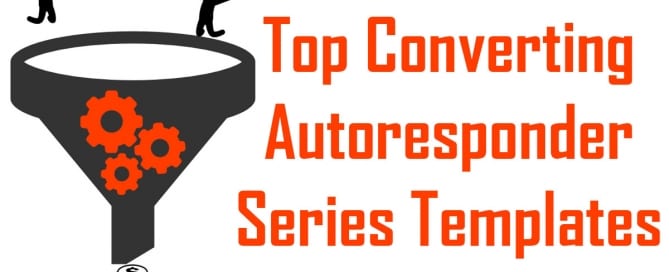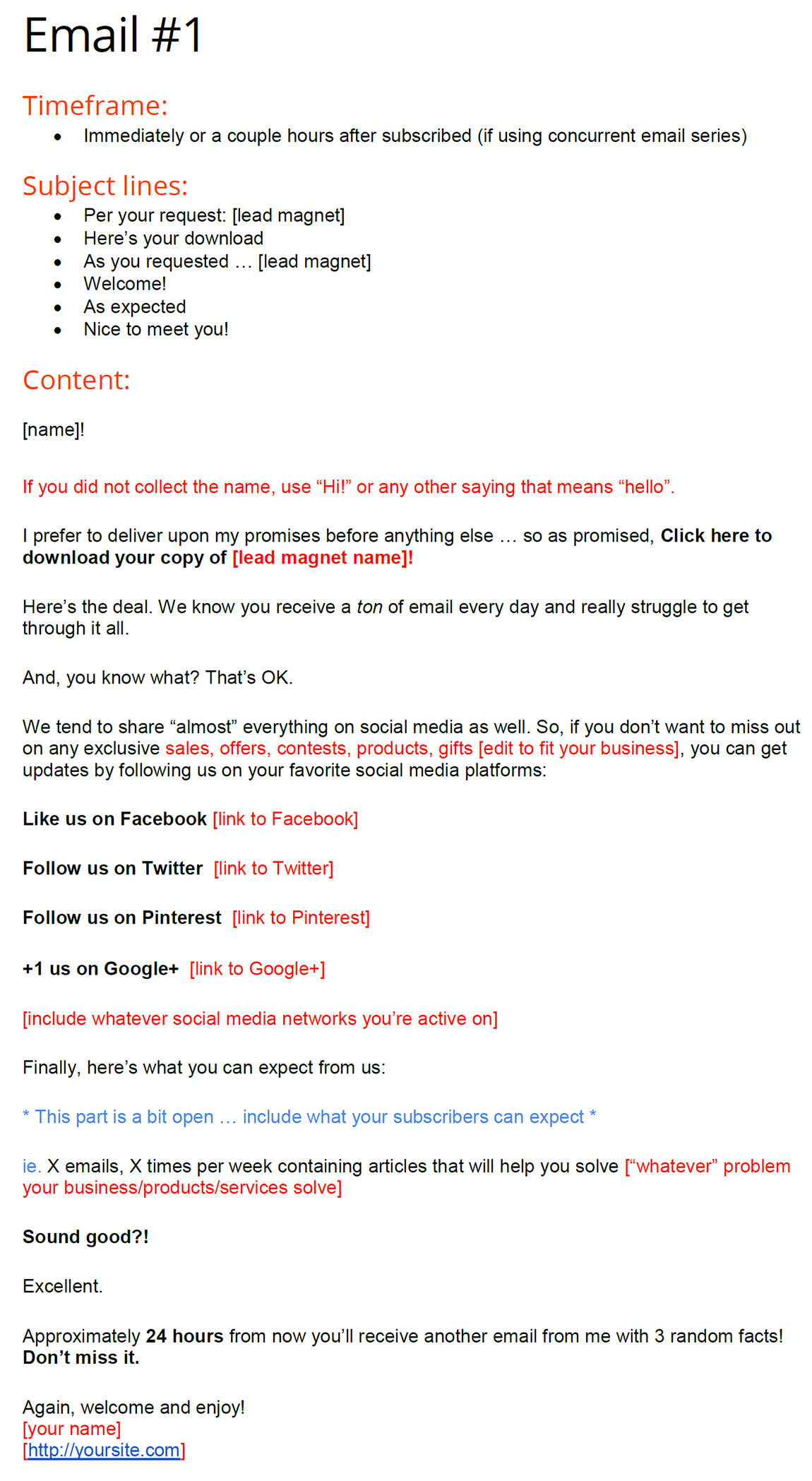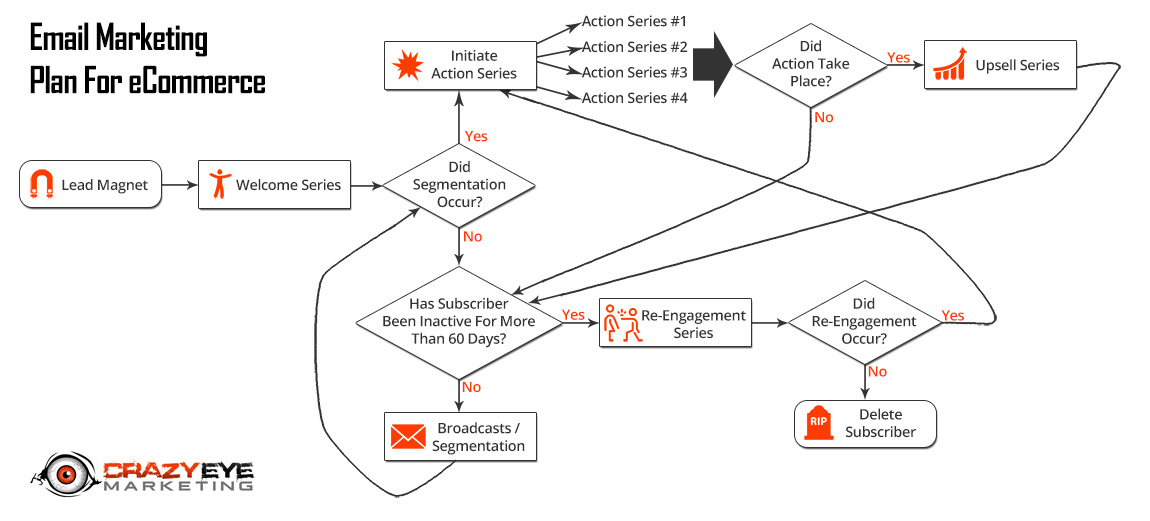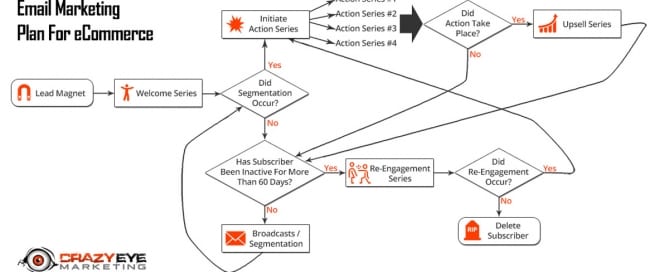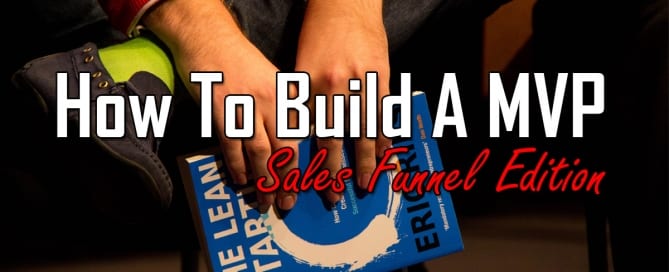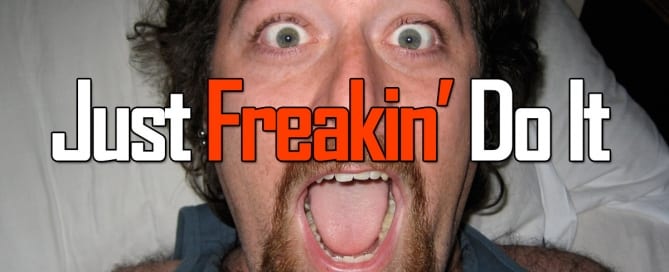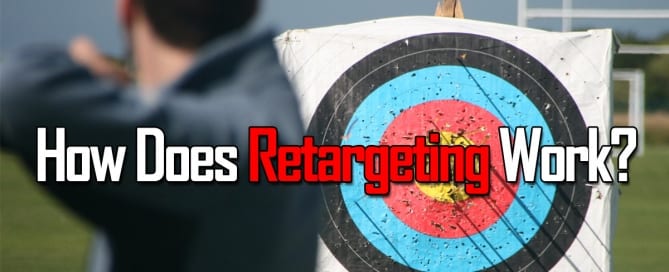How can I build an email list without a finished product/service or website?
I see two questions here: How to build an email list without a finished product/service and How to build an email list without a website.
Both of which are fairly easy questions – so thank you!
Building an email list without a finished product/service is called “pre-selling” and there are a number of ways to do it.
One way is to offer an exclusive discount to those who signup earlier … or better yet … pay for the product at the discounted rate before it even exists.
Another way is to have an email series in place that essentially “keeps people on the hook” for as long as it'll take you to develop your product/service. A lot of online courses follow this technique where they'll launch like 3 introductory videos, drip them out over like a 3 week period, and build the course as people go through those videos.
As for how to build an email list without a website. There's a million ways to do this. Most email autoresponder tools have a feature that allows you to create a landing page through their site where they'll host everything for you. Albeit, these landing pages tend to be very simple and not the most attractive; however, it's free.
I'm not sure if you have a Facebook page or not, but there are a number of ways to add an opt-in form to your Facebook pages. Most email autoresponder tools will let you “push” an opt-in form to your page.
Then, there are other tools like LeadPages and unbounce that help you create beautiful landing pages that they host and support; however, they come at a price.
I hope that answers your question!

